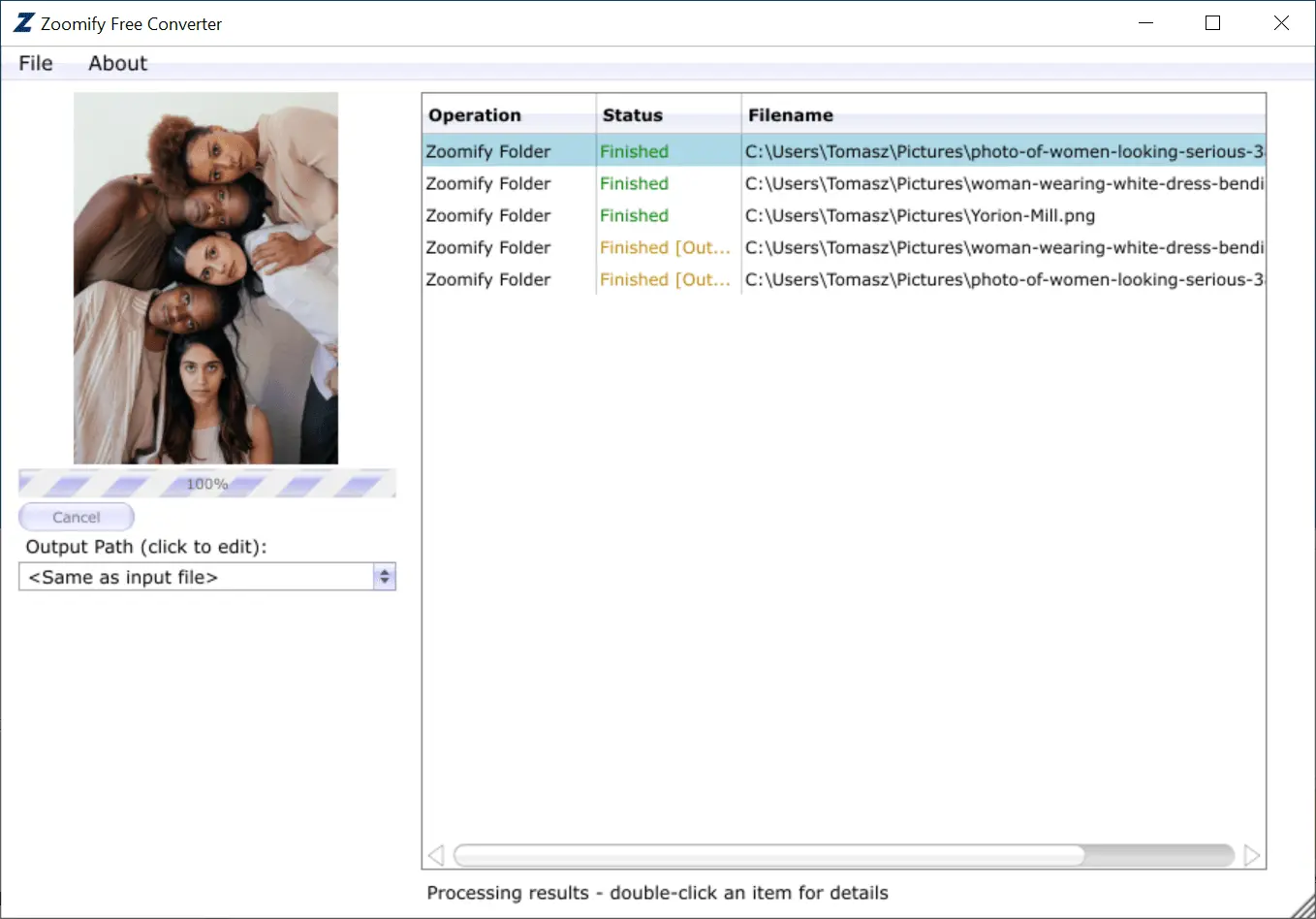
URL template or base URL of the Zoomify service. Higher values can increase reprojection performance, but decrease precision. Maximum allowed reprojection error (in pixels). For example, if the tile service advertizes 256px by 256px tiles but actually sends 512px by 512px images (for retina/hidpi devices) then tilePixelRatio should be set to 2 The pixel ratio used by the tile service. You must provide a crossOrigin value you want to access pixel data with the Canvas renderer. The crossOrigin attribute for loaded images. Will auto-grow to hold at least the number of tiles in the viewport. The articles on Apollo 16 and ASTP were a bit short, with few photographs.Initial tile cache size. Apollos 7, 9, 10, and 13 too: no articles in N.G.Īpollos 8, 11, 14, 15, 16, 17, and also Skylab and the ASTP (Apollo-Soyuz Test Project) appeared well-illustrated in N.G.

I wonder why there was no article on Apollo 12 in the National Geographic. However, Apollo 14 came very close to a very small, deep looking crater for one landing pad ( Apollo 14 landing pad near crater).Ĩ.

I see in various places where two of the rear pads for Apollo 15 were in the shallow crater ( Rear View of Apollo15 in crater, Another Rear View). Before today, I had never heard of the engine bell impact or noticed the damage caused by the higher terrain. This LM touched down at approximately twice the regular descent rate. If you look closely at the Apollo 15 engine bell you can make out some of the impact damage caused by it striking the regolith. Thx Danny! Do list for this summer has N.1 - invastigate all the Apollos ! )Ħ. Weaver, in the National Geographic of February 1972 (this is a splendid article on Apollo 15! Lots of orbital and surface photographs in it! And also some of Apollo 15's pans assembled "the old fashioned way").ĥ. Aleksander, Apollo 15's tilted LM Falcon was also called " The leaning tower of Pisa"! (mentioned in the article To The Mountains of the Moon by Kenneth F.
Zoomify modules software#
The software - Zoomify - that LPI have used here is also very good, so a credit and mention to them, too.
Zoomify modules series#
Yeah.a credit to LPI for this wonderful series of panoramas that brings the user into places one just wants to investigate more. I didn't know about Apollo 15 tilt! I like it when I learn something new :)ģ. Superb!!! Thanks LPI and Chuck! Let's explore!Ģ. Once you don't see a "Protected" icon, please click here and enter your comment in the space below. Once registered, you may still need to "Sign In" (link at top right of screen) to remove the "Protected" icon from the top of the LPOD page.
Zoomify modules full#
To post comments regarding this LPOD you need to first register for the wiki by clicking the "Join this space" link under the Full Moon icon in the upper left corner of the screen, and wait for your membership to be approved. This is a nice job of digitizing and mosaicking by the folks at the Information Resources Directorate at Johnson Space Center. Each of the pans can be enlarged and you can pan across the pans.

The top Apollo 15 pan dramatically shows the tilt of the Lunar Module lander - it came down on the rim of a small crater with one of the lander's legs inside the crater. All of the pans were assembled from newly digitized images of the Hasselblad camera photographs taken on the surface. The illustration here shows thumbnails of six of the 22 panoramas now available at the LPI site.

The Lunar and Planetary Institute has just added new resources to their Lunar Science & Exploration web portal. Apollo panoramas re-assembled and available at Lunar and Planetary Institute, Houston, TX


 0 kommentar(er)
0 kommentar(er)
